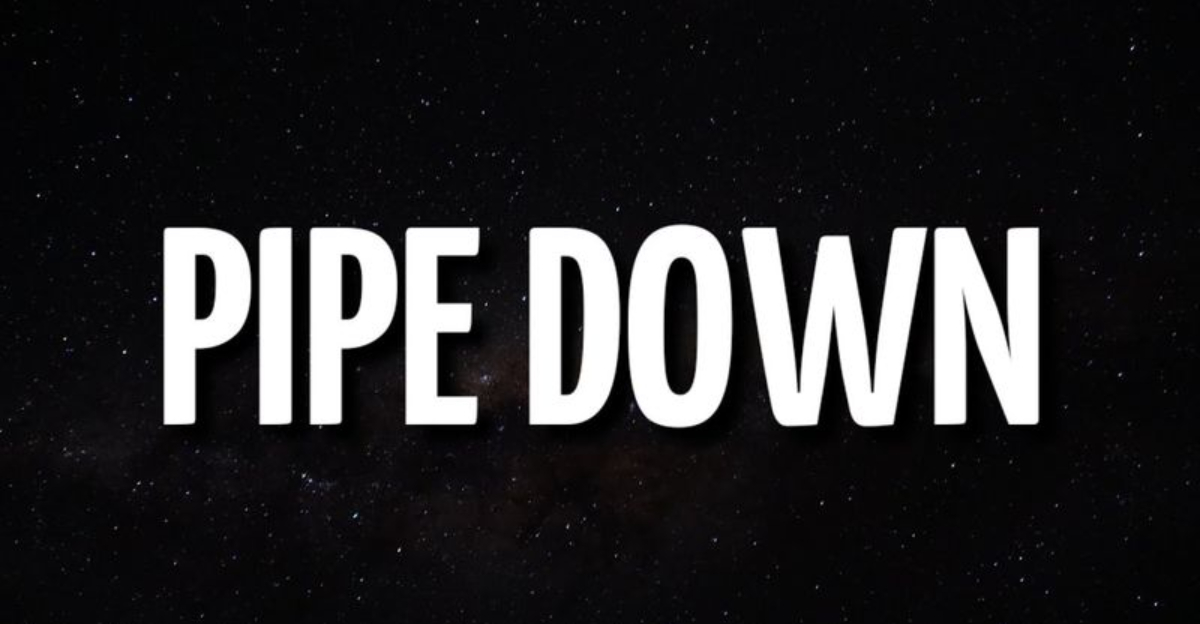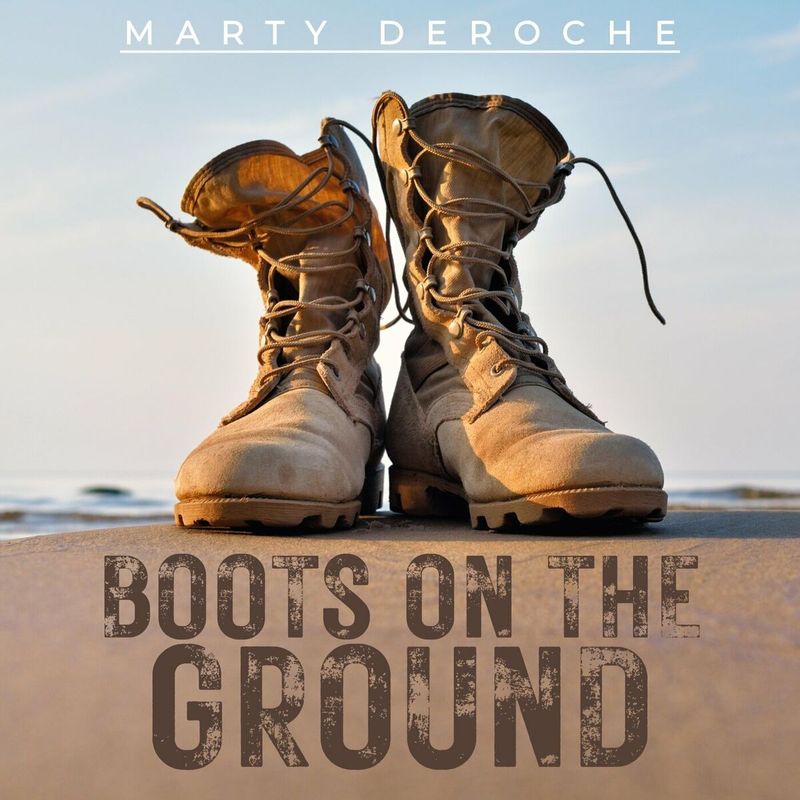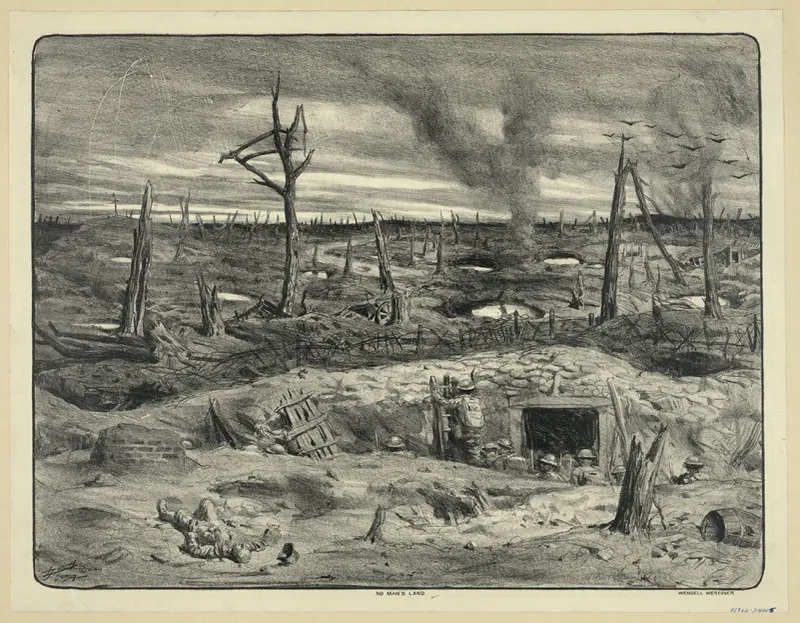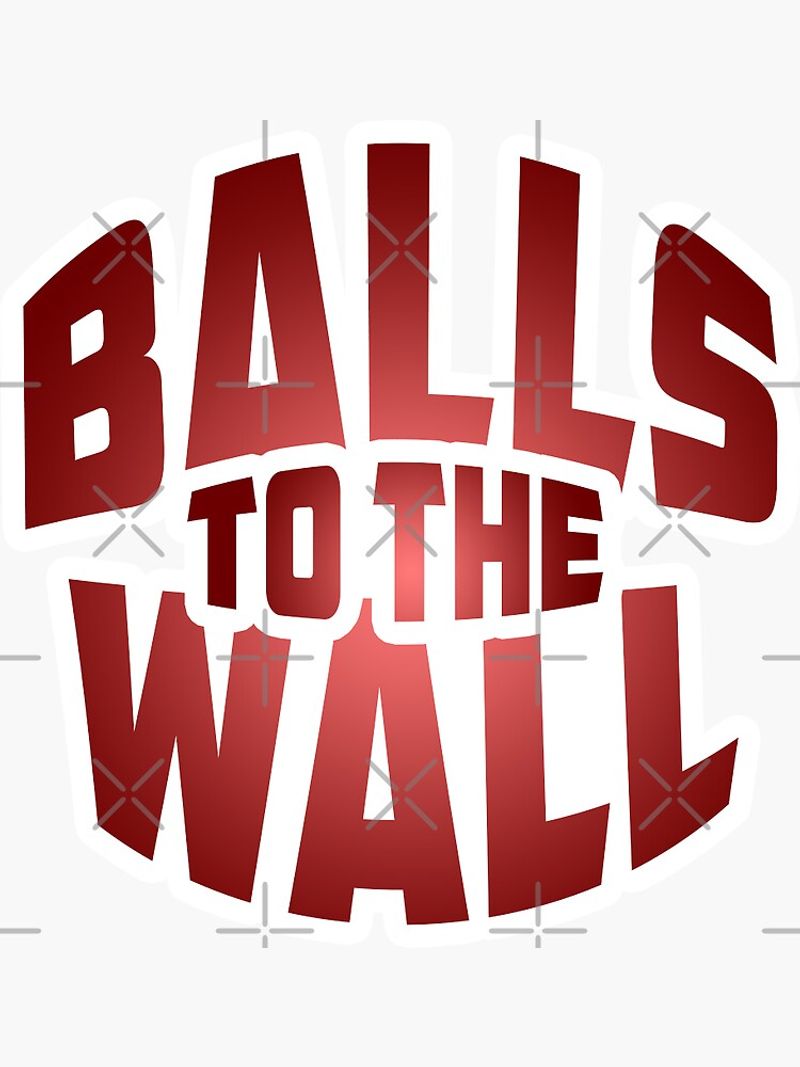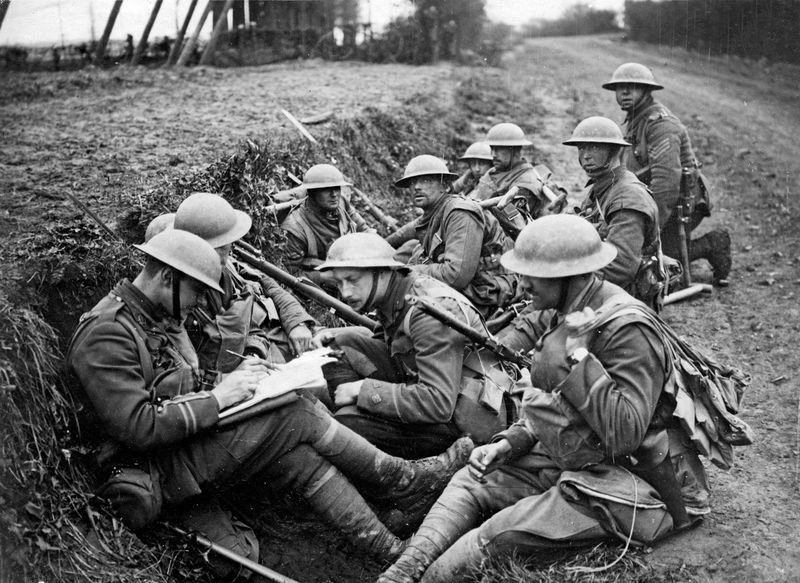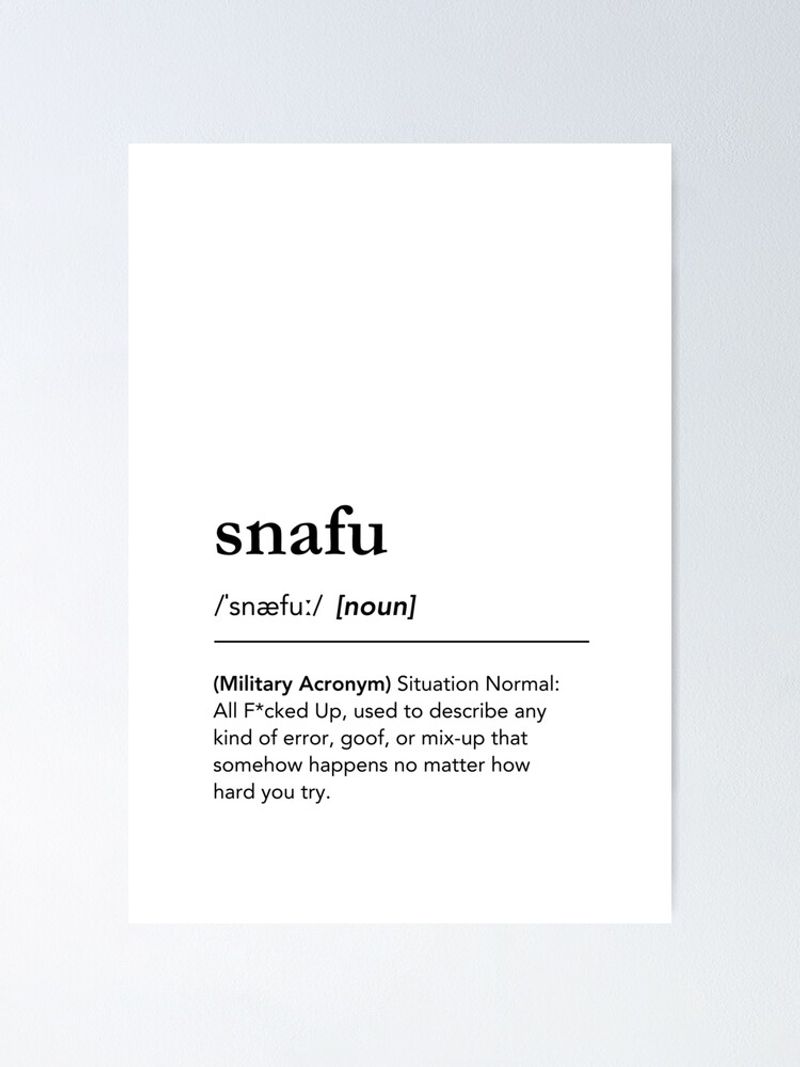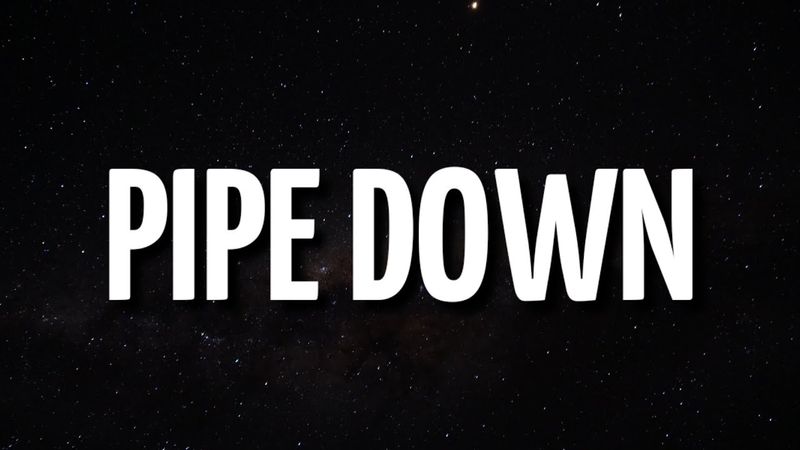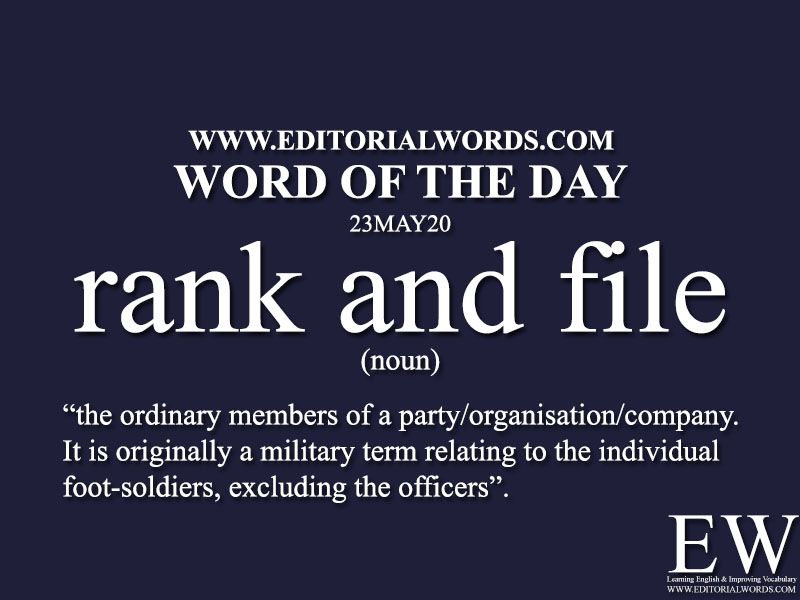The American military has shaped our everyday language in surprising ways. Words and phrases born in trenches, cockpits, and barracks have quietly marched into our daily conversations.
These expressions carry fascinating stories of battlefield origins while perfectly capturing situations we all face in civilian life.
Let’s explore how military talk became part of our everyday speech.
1. Bite the Bullet
Before anesthesia, battlefield surgeons gave wounded soldiers bullets to bite during painful procedures. The hard metal provided something to clench against overwhelming pain.
Today, we use this phrase when facing unpleasant situations we can’t avoid. Whether preparing for a difficult conversation or making a tough decision, we’re all sometimes forced to ‘bite the bullet’ and endure discomfort.
2. Boots on the Ground
Military commanders during Vietnam needed clear language to distinguish between aerial operations and soldiers physically present in combat zones. The phrase highlighted the critical importance of infantry troops.
Now it describes any situation requiring direct human presence. Businesses talk about having ‘boots on the ground’ when employees work directly with customers rather than remotely, emphasizing the value of physical presence in solving problems.
3. FUBAR
World War II soldiers created this acronym (Fouled Up Beyond All Recognition) to describe catastrophic situations when everything went wrong. The actual version used stronger language than ‘fouled.’
Military personnel used code words like this to communicate efficiently and sometimes to mask profanity from officers. Today, you might hear someone describe a chaotic project deadline or disastrous vacation as completely FUBAR.
4. No Man’s Land
Soldiers in World War I trenches used this term for the deadly strip of ground between opposing forces. Neither side controlled this barren, shell-cratered wasteland filled with barbed wire and constant danger.
Modern usage describes any ambiguous situation lacking clear ownership or rules. Politically divisive topics often create social ‘no man’s lands’ where people fear to tread in conversation, knowing danger lurks on either side.
5. Got Your Six
Fighter pilots developed this phrase using clock positions for directional awareness. Twelve o’clock meant straight ahead, while six o’clock indicated directly behind – a vulnerable position.
Telling someone you’ve ‘got their six’ means you’re watching their back against unseen threats. The phrase has transcended military use to become a powerful way to express loyalty and protection in friendships, business partnerships, and family relationships.
6. Balls to the Wall
Aircraft throttle levers often featured ball-shaped grips that pilots pushed all the way to the firewall during emergencies or combat situations. This action delivered maximum power when every second counted.
The phrase lives on as colorful shorthand for giving maximum effort. Athletes, students cramming for exams, or professionals meeting tight deadlines might describe going ‘balls to the wall’ when putting everything into a final push.
7. Charlie Foxtrot
Radio operators in Vietnam used the NATO phonetic alphabet (Charlie Foxtrot for CF) as polite code for unprintable language describing chaotic situations. The euphemism allowed them to communicate disaster without explicit profanity.
Today’s office workers might mutter about the ‘Charlie Foxtrot’ that resulted from merging departments or launching new software. The term carries both humor and resignation about situations that have spiraled into magnificent disorder.
8. Hooah
This versatile expression originated as a motivational battle cry in the Army. Marines have their own version (‘Oorah’), as does the Navy (‘Hooyah’), each branch claiming the authentic pronunciation.
The term functions as acknowledgment, agreement, enthusiasm, or determination depending on context and delivery. Its flexibility makes it perfect for multiple situations, from simple acknowledgment to fierce motivation. Civilians have adopted it as shorthand for energetic agreement.
9. In the Trenches
World War I introduced horrific trench warfare where soldiers lived, fought and died in muddy ditches stretching across battlefields. These trenches represented the most dangerous, difficult positions on the front.
Modern workers describe being ‘in the trenches’ when handling difficult day-to-day tasks rather than supervising from afar. The phrase honors the gritty reality of hands-on work and suggests both difficulty and valor in facing everyday challenges head-on.
10. SNAFU
World War II troops created this acronym (Situation Normal: All Fouled Up) to express the ironic normality of chaos in military operations. The original version used stronger language than ‘fouled.’
The term perfectly captures the resignation that comes with recurring problems. When your computer crashes during an important presentation, the office coffee machine breaks again, or traffic is terrible for the fifth day running – that’s SNAFU.
11. On the Front Lines
Military commanders used this term to designate soldiers in the most forward position facing enemy forces. These troops experienced the most immediate danger and often the heaviest casualties.
Healthcare workers during the pandemic were described as being ‘on the front lines’ against COVID-19. Customer service representatives face the direct brunt of consumer complaints. The phrase acknowledges both risk and importance of positions that directly confront challenges.
12. Pipe Down
Naval officers used boatswain’s whistles (pipes) to signal various commands to sailors. The ‘pipe down’ signal indicated the day’s end when sailors should be quiet and prepare for sleep.
Parents telling noisy children to ‘pipe down’ probably don’t realize they’re channeling centuries of naval tradition. The command has maintained its original meaning remarkably well – a direct order to be quiet immediately.
13. Rank and File
Military formations arranged soldiers by rank (rows) and file (columns), creating the organized blocks of troops seen in historical battles and modern parades. These precisely aligned formations were the backbone of army operations.
Today’s usage refers to ordinary members of organizations rather than leaders. Union negotiations often distinguish between leadership and ‘rank and file’ members. The phrase carries connotations of both ordinariness and fundamental importance.
14. The Whole Nine Yards
World War II aircraft gunners used ammunition belts measuring approximately nine yards long. Firing the entire belt meant giving everything available – maximum effort against the enemy.
When someone goes ‘the whole nine yards’ today, they hold nothing back. Home renovators might use the phrase when choosing premium materials and extras beyond basic requirements. The expression perfectly captures the concept of complete commitment to a task.
15. Zero Hour
Military planners designated the precise moment an operation would begin as ‘Zero Hour.’ This critical time represented the culmination of planning and the moment of truth when strategy met reality.
Modern project managers still reference ‘zero hour’ when launch time approaches. The phrase creates dramatic tension, highlighting the significance of a moment when preparation ends and action begins. It marks the transition from planning to execution.
16. Bogey
World War II radar operators needed quick terminology to describe unidentified aircraft appearing on their screens. ‘Bogey’ became the standard term for an unknown contact that required immediate attention and potential response.
Golf adopted the term for one stroke over par, but most people recognize ‘bogey’ as any unknown or unwelcome presence. Parents might refer to approaching in-laws as ‘bogeys on the horizon,’ borrowing the mixture of uncertainty and potential threat from military usage.
17. Over the Top
World War I soldiers faced the terrifying order to go ‘over the top’ – climbing out of protective trenches to charge across open ground toward enemy positions. This phrase represented the moment of maximum danger and commitment.
Today the expression describes excessive behavior or extreme reactions. Someone who responds to minor criticism with dramatic outrage might be described as going ‘over the top.’ The phrase retains its sense of boundary-crossing and excessive action.
18. Call a Spade a Spade
Though ancient in origin, this phrase gained widespread popularity among straightforward military personnel during World War II. The expression valued direct communication over euphemism when discussing difficult realities.
Modern usage encourages honest assessment without sugar-coating. Business consultants might advise clients to ‘call a spade a spade’ when addressing organizational problems. The phrase champions clarity and directness when facing uncomfortable truths.
